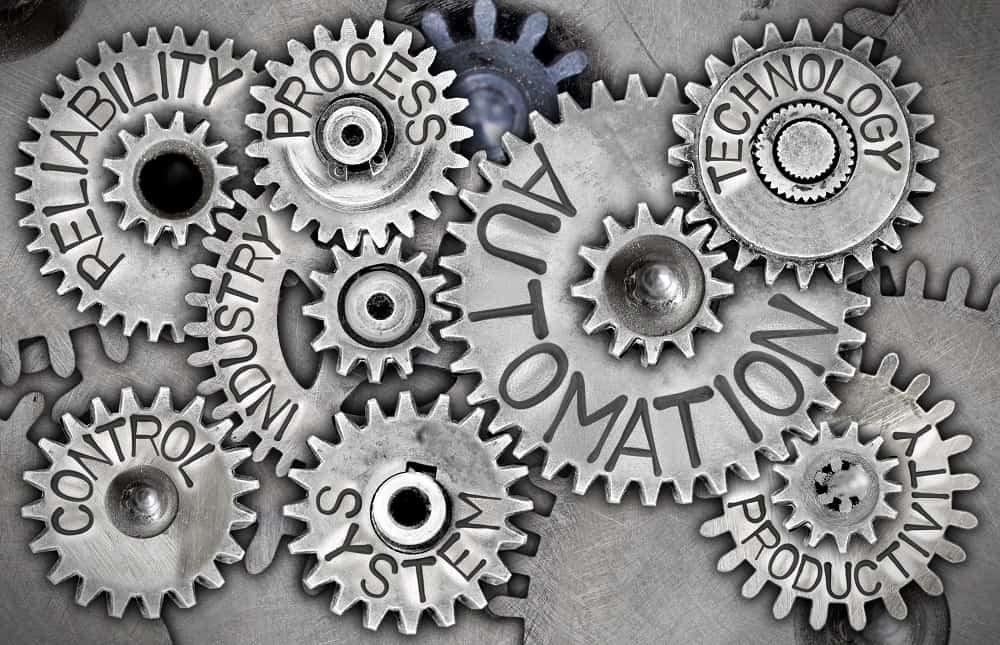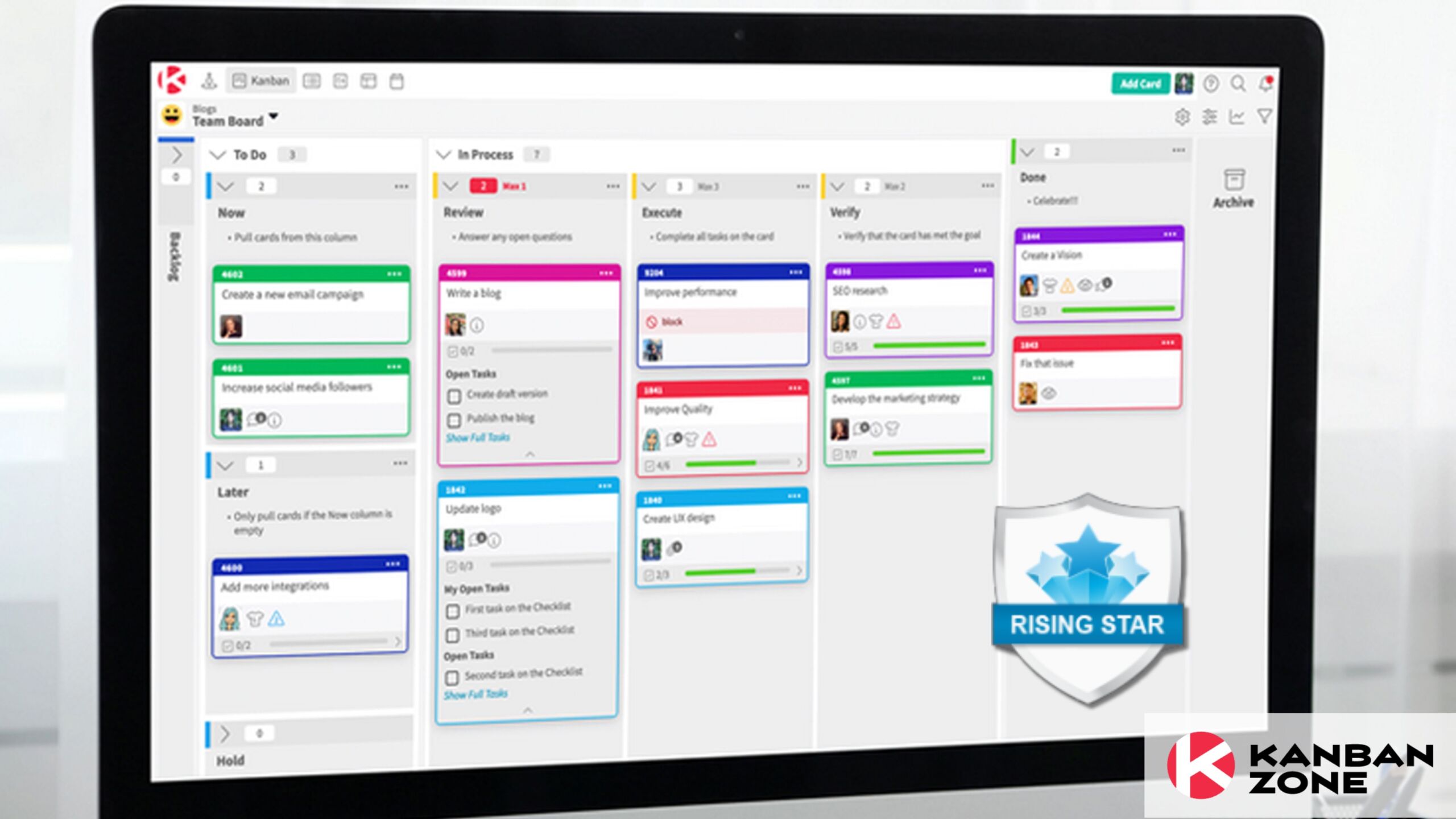
Kanban is awesome. That’s no secret and we know it! If you agree, you’re probably already reaping the benefits of having a Kanban system in your business. But if you haven’t or are curious to learn more about what Kanban can actually do for you, read on to find out more.
The Power of the Kanban System Explained
The power of Kanban lies in its simplicity. You can use a pen and some post-its or even an online Kanban board to get started right away. You can apply Kanban for any business process. Unlike other Agile methodologies governed by stricter rules, a Kanban system is easier to digest. With lesser resistance, people are drawn to participate and collaborate on its implementation.
Kanban is easily understood because of its visual representation of work. Teams can get information on their project just by viewing a Kanban board. Managers can get insights directly from the board instead of spending long hours on meetings or reading pages of reports.
If you’re still not convinced, here are 10 ways your business can benefit from Kanban.
Transparency
Building upon its visual nature, Kanban heightens team communication and collaboration. Everyone on the team knows what other team members are working on at any point in time. Managers can see at a glance what’s keeping their teams busy or blocked. This allows them to chime in when it matters.
Information is not confined to who’s working on the project. External stakeholders can view the board when needed and this makes the flow of information seamless within any organization. Transparency builds trust. With trust embedded, there is greater confidence across all levels in the organization.
Most Important Tasks Take Center Stage
Implementing a Kanban system requires organizing and prioritizing work in the backlog. A linear approach to prioritization enables teams to focus on things that have higher business value than others. This can help companies stay competitive amidst changes in market demands.
Early Detection of Issues
Teams can easily visualize the bottlenecks and issues in their work because they’re right in front of them. A kanban board is essentially an information radiator. For example, tasks piling up in a column signal a bottleneck and this will trigger the team to focus on that step and eliminate the problem.
Responsiveness to Market and Business Changes
Using a Kanban system allows businesses to stay agile amidst market requirements or direction changes. Kanban applies more weight to what yields higher business value. When there’s a change in business direction, the priorities on the Kanban board should follow suit. Changeover is not a problem because the system is built to respond to whatever it is that the business demands.
Quality Control
With WIP limits implemented and explicit policies stated, team members can focus on their work. When we relieve teams of overburden or Muri, they become focused on ensuring their work is finished to specifications before proceeding to the next step. This lessens rework and defects.
Instills a Continuous Improvement or Kaizen Mindset
Kanban’s visual approach to project management allows teams to easily review their processes. It enables them to spot opportunities to eliminate waste, remove unnecessary activities, streamline the workflow, and cut costs. This is essentially what Kaizen is about. Teams know that not resolving their process issues immediately will negatively affect their work. Because of this, teams are pushed to introduce incremental improvement once issues are spotted.
Focus on Output
WIP limits enforce teams to focus on getting things to the finish line. Team members using Kanban know that productivity is not measured by how many tasks they are working on at one time. Quality is more important than quantity. Teams who use Kanban fully focus on completing items from the pipeline. This emphasis on “Done” items enhances the quality of the products and the quality of work that employees experience.
Faster Feedback
Another great thing about Kanban is its emphasis on continuous delivery. Once an item is ready to be released, it goes directly to the customers. Time to market is dramatically reduced. This allows teams to quickly know how the market will respond to the product. The feedback gathered feeds into the next actions of the team. This guides their decisions, future enhancements, and can even give birth to new product ideas that the market demands. This truly shows the Agile nature that Kanban has.
Team Empowerment
The entire team owns the Kanban system and is accountable for moving things forward. They know that success is a collective effort. When you empower individuals to take charge, they become more engaged and productive. They become more conscious of the decisions they make and work together to solve problems.
Seeing the Big Picture
Kanban’s visual nature of presenting project progress is a powerful tool that lets teams and managers diagnose the current state of their operations. Are things going smoothly or are you going to miss your target release date? Are the most important items being worked on? Is there a better way for you to implement your processes? These types of questions allow you to take a step back and assess whether things are going the way you expected.
Managers can also see the workload across their business units with a Kanban system. They can see which teams are overloaded and which teams can take on more workload. This allows them to make adjustments to prevent burnout and disengagement. A Kanban board is a helpful planning tool that managers can leverage.
Experience Kanban as a Team
There is a myriad of benefits that Kanban offers. With the right mindset and implementation, Kanban can help you streamline and improve your business processes. There are a number of kanban-based software available in the market that you can try. Assess what works best for you and addresses your team’s needs. The key is to be consistent in your Kanban practice and adapt a continuous improvement mindset.
Learn to Work Smarter, Not Harder!
Get our top articles weekly.
Table Of Contents
Discover many more posts…







